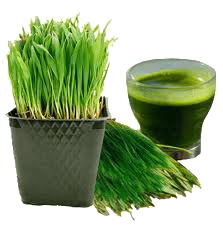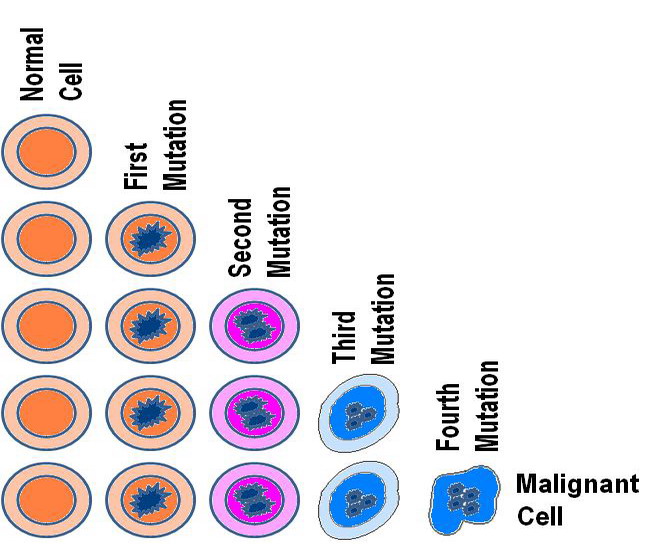
Wheatgrass for Healthy Life!
What is Wheatgrass? Wheatgrass is the only plant known at this time that will uptake all of the elements and make them bio-available to the human body. It contains chlorophyll, 20 amino acids, several hundred different enzymes not found in other foods, as many as 90 out of 102 possible minerals, vitamins and other important […]

